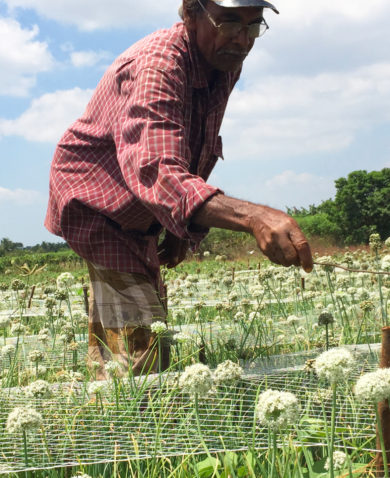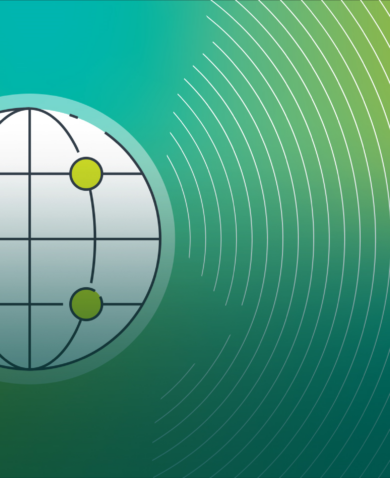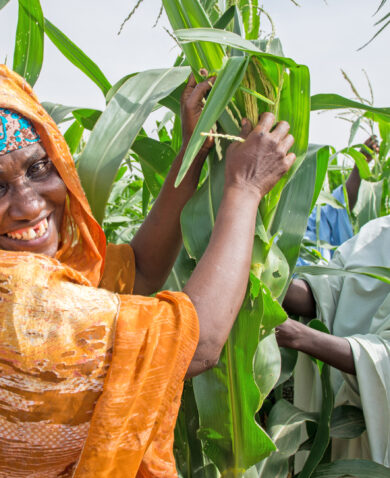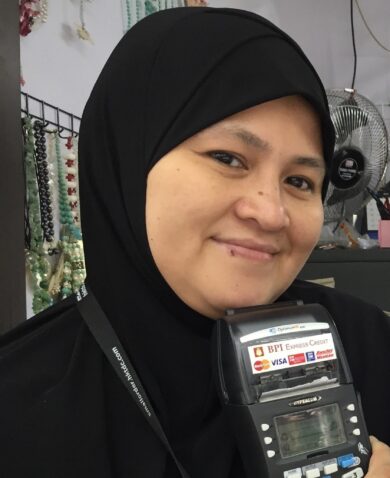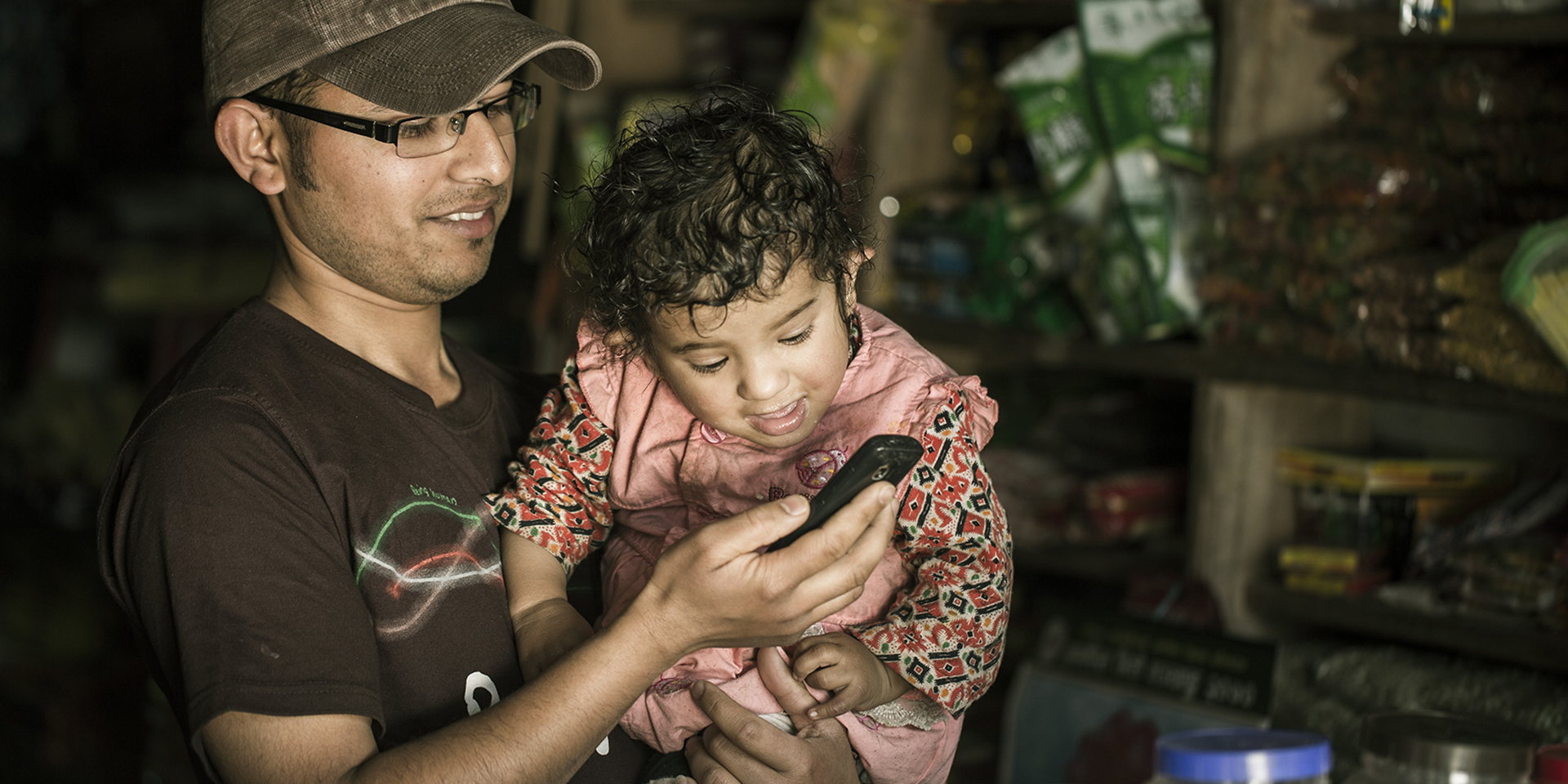
5 Trends to Watch in Digital Financial Services
February 9, 2016 | 3 Minute ReadPrajwol Bhattarai, a general store owner in Nepal, uses his phone to send and receive money without traveling long distances. Photo: USAID Nepal Economic Agriculture and Trade project
The success of Kenya’s mobile money system, M-PESA, over the past few years has opened many people’s eyes to the potential of digital solutions to expand access to finance. In recent years, global markets have also taken notice in the lucrative opportunity posed by digital financial services or “fintech” (shorthand for the financial technology space). Since 2013, fintech investments have quadrupled to surpass $12 billion globally. With an estimated 2 billion working-age adults lacking access to formal financial services, these investments could transform access to a transaction account (for example, payments, savings, credit, or insurance) for a currently underserved market segment. Below are five trends to watch as we work toward universal financial access by 2020, along with some considerations they pose for leveraging technology to promote financial inclusion.
1. New and different data for decision-making
The World Bank’s Global Findex provides a high-level picture of the state of financial inclusion. At the country level, central banks are increasingly championing financial inclusion strategies focused on ensuring digital instruments reach those living in extreme poverty and launching new research on the best to do so. For example, the research agenda spans mobile money fee schemes to examining how to regulate new non-bank electronic money issuers.
2. An emphasis on customization
It goes without saying that different consumers bring a range of behaviors, preferences, and attitudes toward technology. Digital platforms increasingly offer financial products and harness distribution channels that are customized to respond to these preference. In the Philippines, for example, a preference exists for card-based solutions. Shifting their program from cash to digital, the Department for Social Welfare and Development’s Pantawid Pamilyang Pilipino Program, a conditional cash transfer initiative, is shifting its beneficiaries to an electronic-money enabled prepaid debit card in partnership with Land Bank of the Philippines.
3. The rise of third-party aggregators
Dubbed by the Consultative Group to Assist the Poor as the “secret sauce of digital financial expansion,” third-party aggregators like Selcom in Tanzania, Yo! Payments in Uganda, and RuralNet in the Philippines are service providers that link payment instrument providers (a mobile network operator or bank offering mobile banking) with entities that want to send or receive money from end-consumers. The rise of aggregators is essential in helping get to electronic payments scale, as aggrigators offer businesses and institutions user-friendly platforms that do not require substantial capital investments. They also offer consumers a broad array of options. However, the rise of aggregators also means that to process a single payment a consumer is likely interacting with multiple firms and potentially incurring multiple fees. It is important to take these factors into account while developing business models that aim to reach consumers at the base of the pyramid.
4. New products that improve financial resilience and encourage a pivot toward asset building
Enabling access to a transactions account that can send, receive, and store money is seen as a stepping stone for increasing access to and use of other financial services. The digital account becomes a channel for introducing and encouraging use of other financial services, such as savings or insurance. New research is starting to uncover the impact. In Kenya, researchers from MIT found that households that use M-PESA are more economically resilient than those who are not using the technology.
5. Ecosystem approaches
To foster an inclusive payment system, the Better than Cash Alliance encourages an “ecosystem approach” that recognizes the diverse range of actors that make a payments system and the role that each plays in transitioning from a cash-based economy to one connected by an electronic payments network. Putting this approach into practice, for example, the USAID Philippines E-PESO Activity supports the Philippines’ central bank and a wide range of ecosystem actors, including mobile network operators, industry associations, and partners in the private sector and government.
For a country like Burma (Myanmar), where only 2 out of 100,000 people have access to a commercial bank, leveraging technology is not just an opportunity to promote financial inclusion. It’s essential if universal access is to be achieved by 2020. As mobile and Internet access continues to expand across developing countries, so do the opportunities to deploy new digital financial services that can serve as a building block for stimulating inclusive economic growth.


